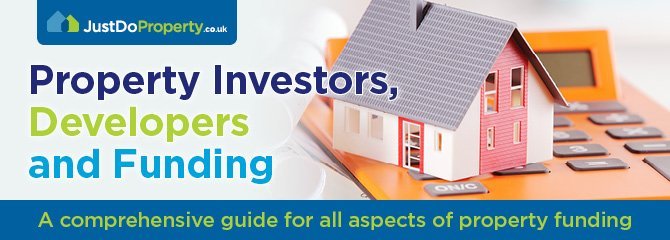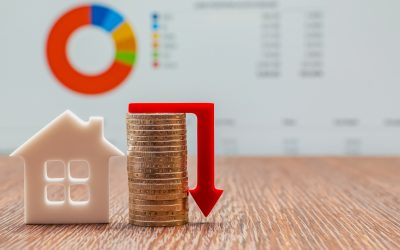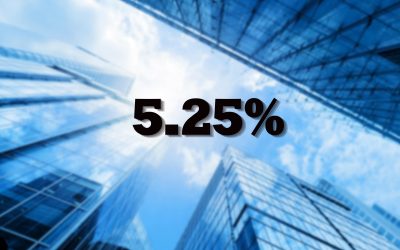Economic consultant Fred Harrison published a book in 2005 called Boom Bust: House Prices, Banking and the Depression of 2010 in which he correctly predicted the crash of 2007/8. While it is easy to dismiss one successful economist among the many who predicted different scenarios, there does seem to be some support behind the theory.
The 18 year cycle
Harrison looked back on property price movements over the last 200 years and found that there was a relatively predictable pattern which lasted 18 years. This consisted of: –
- A property market crash
- Gentle recovery
- Natural correction
- Boom time
In all honesty this is the type of pattern which regularly occurs in the economy and therefore it is a valid breakdown of the 18 year property market cycle. While many will suggest that the current situation is “unique” we have seen many varied scenarios in years gone by resulting in the same predictable pattern. In many ways this is reflected in human nature which can be described in three words, fear and greed.
The current cycle
Using 2007/8 as the beginning of the property market crash; then using the 18 year cycle blueprint, the next market peak should be around 2026 which will be followed by a “correction”. There is an argument to suggest that we have gone through the gentle recovery phase and we are now in the natural correction phase of the cycle. After this cycle ends we will move to the boom time which will lead to overpriced property, an imbalance in supply and demand, and then eventually a crash. Then the process begins all over again…………
There are a number of other factors to consider such as:-
UK elections
Under the Fixed-term Parliament Act 2011 the next general election will be May 2022 followed by May 2027. The five-year fixed term is not set in stone and can be shortened by parliamentary consensus at any time but normally only in exceptional circumstances. Therefore, the idea that politicians could manipulate not only the economy but the property market to curry favour with investors would roughly tie in with the 18 year cycle.
Low interest rates
When you bear in mind UK base rates are currently 0.75% and there is minimal interest on savings accounts, rental yields often well in excess of 5% look very attractive. As a consequence, this does enhance the attractions of investing in property especially for those with a long-term timeframe in mind. There is an argument that as interest rates increase this will reduce demand but this is not necessarily correct. Interest rates will only increase if the economy strengthens and the property market begins to overheat, which would indicate increased demand.
Cheap finance
Cheap finance goes hand-in-hand with historic low interest rates in the UK. It would be misleading to suggest that cheap finance has not had an impact on demand for UK property in the recent past. It has to a certain extent helped to support the UK property market through the initial recovery process. As demand eventually rises, interest rates will increase and finance costs will start to move back towards more “traditional” levels.
Supply and demand
Supply and demand is a very important element of the UK property market and it is worth remembering that we have been running a new build deficit for decades. This ensures that demand for new build property will always outstrip supply creating a long-term upward trend in property prices. If we put this into perspective, compare and contrast supply and demand against the various stages of boom and bust:-
- Property market crash
After a sustained period of extreme demand and lagging supply numbers, property prices are often pushed to unsustainable levels. When the first raft of selling comes this can have a knock-on effect and create a race to the bottom. Reduced demand from buyers, panic selling from those looking to get out can result in a fairly sharp property price correction.
- Gentle recovery
Slowly but surely the oversupply created by the property market crash will begin to evaporate as speculative buyers go “bottom fishing”. This may take some time but eventually demand will start to outstrip supply which will then move us on to the third stage, a natural correction.
- Natural correction
Once investors have cleared their heads, have a more stable economic background and begin to look forward, this is when we see the natural correction. Slowly but surely even those who had been sceptical of the UK property market will eventually begin to turn more positive. This creates momentum, demand and then we move towards the boom time.
- Boom time
In between the gentle recovery and natural correction there will be an increase in new build numbers as housebuilders look to take advantage of renewed demand. Time and time again we have seen this eventually get out of hand as the market is flooded with newbuilds which places downward pressure on prices. We only need to look towards the Irish market, where more than a decade after the US mortgage crisis, which precipitated the worldwide economic collapse; there are still many housing estates of new property left empty.
Summary
Many people will argue that it is far too simple to suggest that the UK property market has an 18 year cycle. However, if you look at the stock market you will see there are similar cycles with a slight degree of variance it has to be said. However, markets are dominated by two human emotions, fear and greed. Those who control these emotions are likely to be successful in the longer term.
- Selling a House in a Trust After Death: What You Should Know - April 18, 2024
- Maximising Your Home’s Potential: The Ultimate Renovation Checklist - April 16, 2024
- Key Tips on Managing Your Property Portfolio - April 16, 2024


